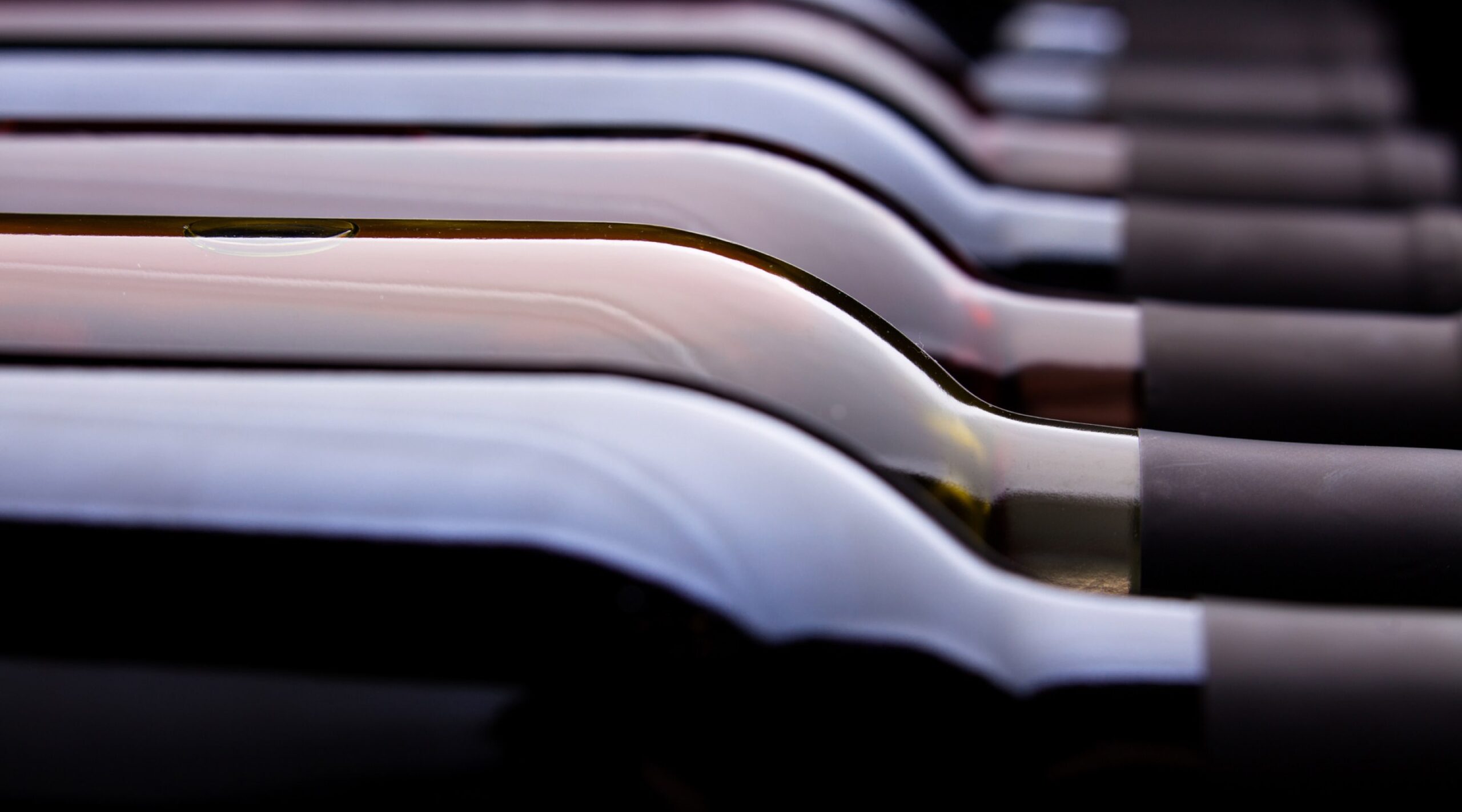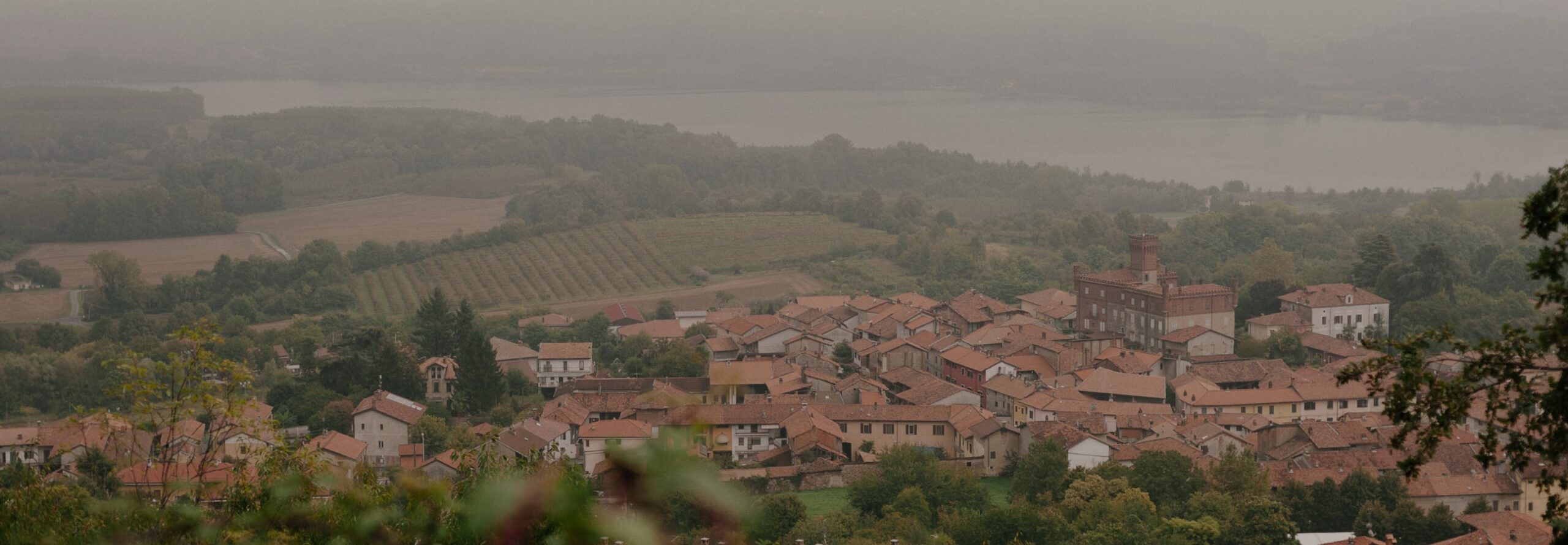Certain wines feel timeless, elemental. They cut through the ephemera of technology, fashion, ideology, and marketing, and hit the taster right in the gut. Such experiences are precious, and increasingly rare, so it is with immense gratitude that we introduce our newest partner in Tuscany: Pacina. Giovanna and Stefano’s wines are neither tethered to rigid traditionalism nor adrift in nebulous experimentation; they feel like a natural fact—as if they could be no other way than how they are. Threading that wisp of a needle requires a near-subliminal rightness of engagement with one’s land, tradition, methodology, and vision, and Giovanna and Stefano pull it off seemingly effortlessly.
It also requires a great deal of practice, and indeed Giovanna and Stefano, today with the full-time help of their children Maria and Carlo, have been at it for quite some time. Giovanna’s great-grandfather purchased the property over a century ago, and she and Stefano have helmed operations for 30 years now, fully embracing and refining the rigorously holistic sustainability Giovanna’s mother Lucia and father Enzo—a founding member of the Legambiente (“League for the Environment”) association, Italy’s foremost environmentalist group—began implementing in the 1970s. Situated on the border of Castelnuovo Berardenga in the Chianto Classico zone and the Colli Senesi, the property traces its origins to the 10th century, when it was a monastery devoted to viticulture and agriculture, and the name itself nods to an even more ancient culture: the Etruscans, that mysterious civilization that bridged the Iron Age and the Roman era, covering a vast swath of central Italy at its apex of influence. Pacina was the Etruscan god of wine; the Romans who followed them altered the name and called him Bacchus.
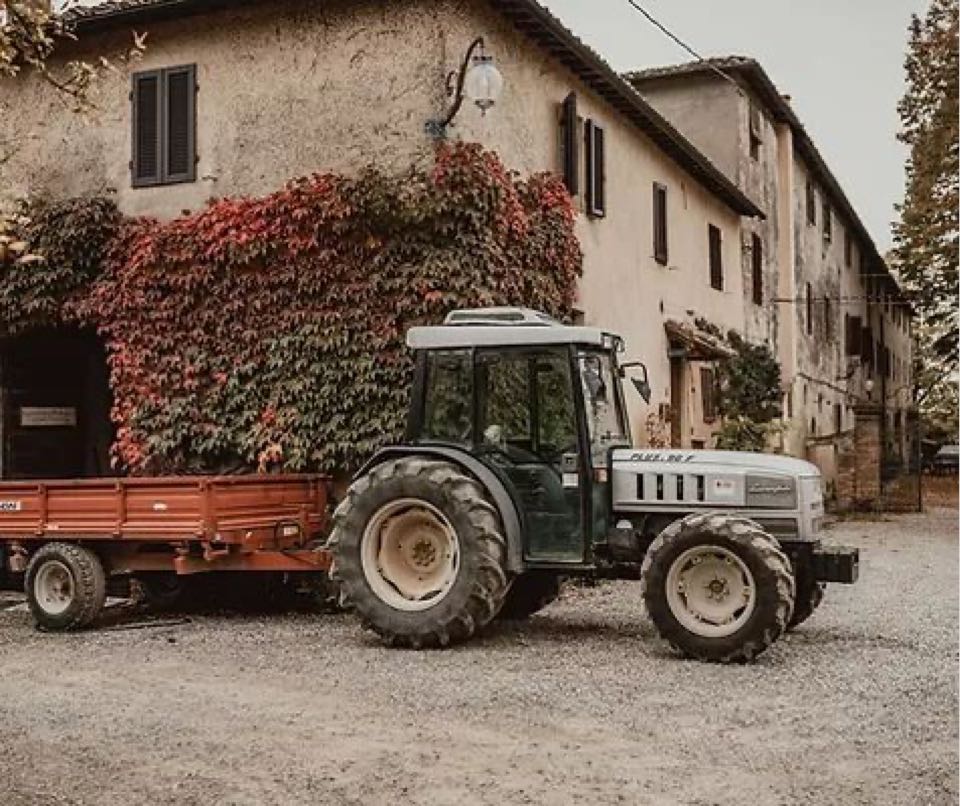

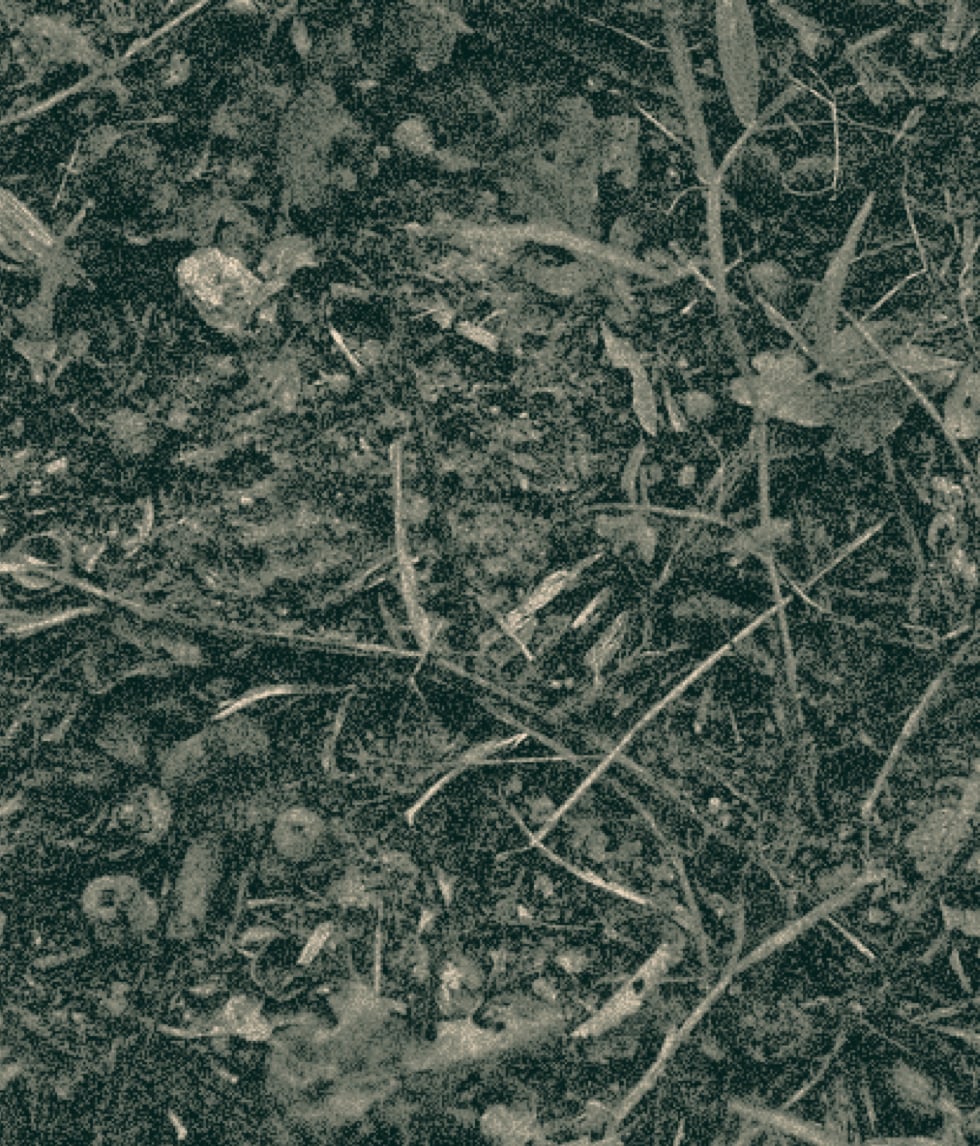
Indeed, walking along the ridge which bisects their vineyards like a spinal column, it is easy to inhabit the ancients’ conception of Pācina as a holy place, so unmarked are these sensuously rolling hills by obvious signs of modern life. In true polycultural fashion, only 11 of the estate’s 65 hectares are planted to vines; the rest comprise olive trees, various crops such as chickpeas and spelt, uncultivated fields, and unadulterated woodlands. Vines are tended without any chemical interference, and Giovanna and Stefano use exclusively massal selection for new plantings, which are done vine by vine rather than in large swaths. There is, of course, plenty of Sangiovese; there is also Ciliegiolo, Canaiolo, Trebbiano, Malvasia di Chianti, and a touch of Syrah. Vegetation is allowed to freely flourish everywhere on the property.
Nothing that takes place in the labyrinthine subterranean cellar, itself a relic of the original monastery, is done by formula. Giovanna and Stefano allow their fermentations to proceed naturally and at their own pace, with no temperature stabilization; sulfur—the only potential addition to the wines—is administered as needed and often not at all; and bottling takes place according to the evolution of each individual wine rather than to the time-sensitive pressures of the marketplace. (If such an approach reminds you of our friend Nicoletta Bocca of San Fereolo, that is no accident, as Giovanna and Stefano helped Nicoletta find her footing during her earliest forays; and, in another uncanny RWM connection, it was Giovanna’s mother Lucia who designed the iconic label for Le Boncie’s “Le Trame”!) The barrels, placed irregularly in the cellar’s narrow and uneven passageways, are very old, as are the weathered but well-maintained cement tanks in which all fermentations take place.
Farming
Practicing organic since the early 1980’s, with some biodynamic practices
Treatments
Copper sulfate and biodynamic preparations
Ploughing
Annual ploughing to promote vineyard health, with grass tolerated between the vines
Soils
Limestone-clay and sand, known locally as “Tufo di Siena
Vines
Trained in Cordon de Royat, vines average 30 years old, with the oldest planted just after Second World War
Yields
Controlled through severe winter pruning and debudding
Harvest
Entirely manual, usually late September-early October
Sourcing
Entirely estate fruit
Fermentation
Following total destemming, varieties co-ferment ferment spontaneously in concrete tanks. Cuvaison lasts c. 30 days
Extraction
Wines see pumpovers during maceration
Chaptalization
None
Pressing
Malolactic Fermentation
Spontaneous, directly following alcoholic fermentation
Élevage
La Malena and Pacina Toscana Rosso spends 14 months in neutral oak barrels. Donesco spends 12 months in concrete vats
lees
Wines remain on their fine lees until assemblage prior to bottling
Fining and Filtration
All wines are unfined and unfiltered
sulfur
Applied only at bottling if necessary, with c. 10-20 mg/l total sulfur
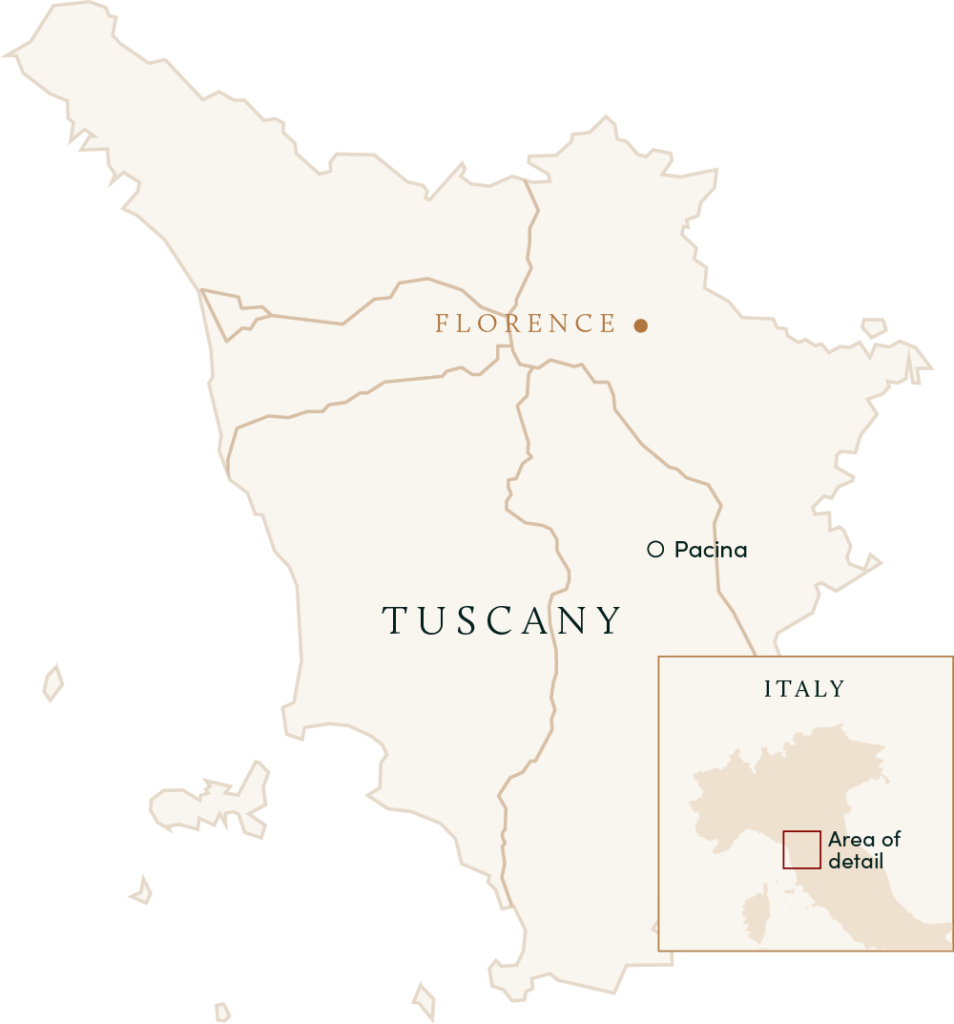
Optional caption text here lorem ipsum
